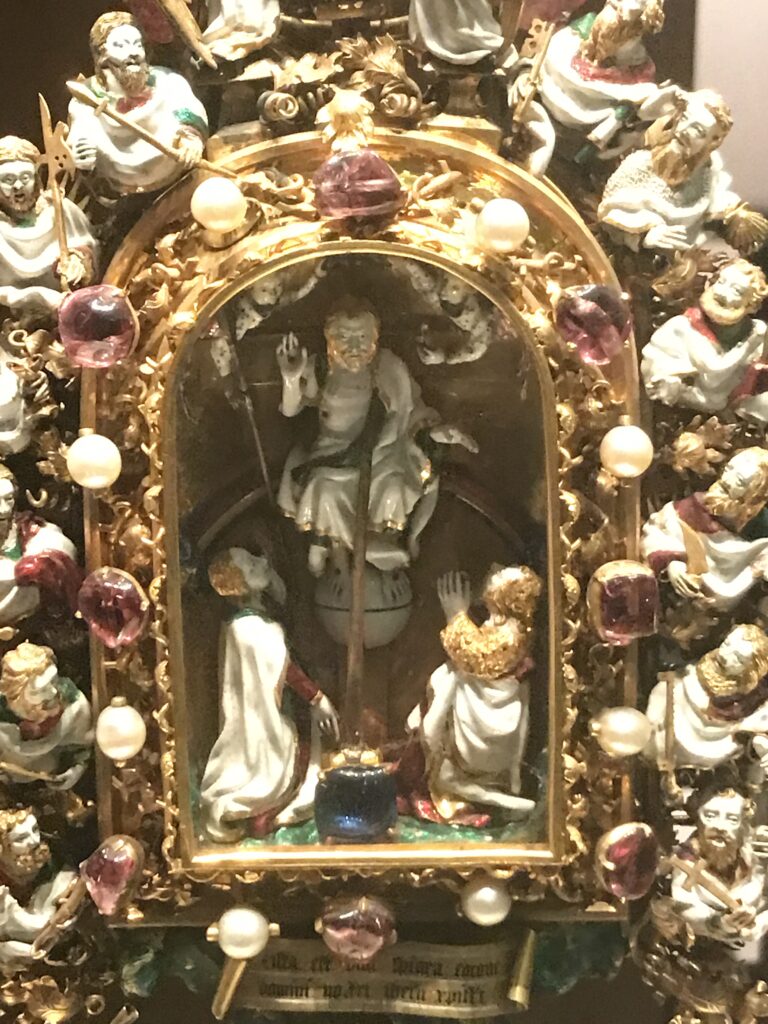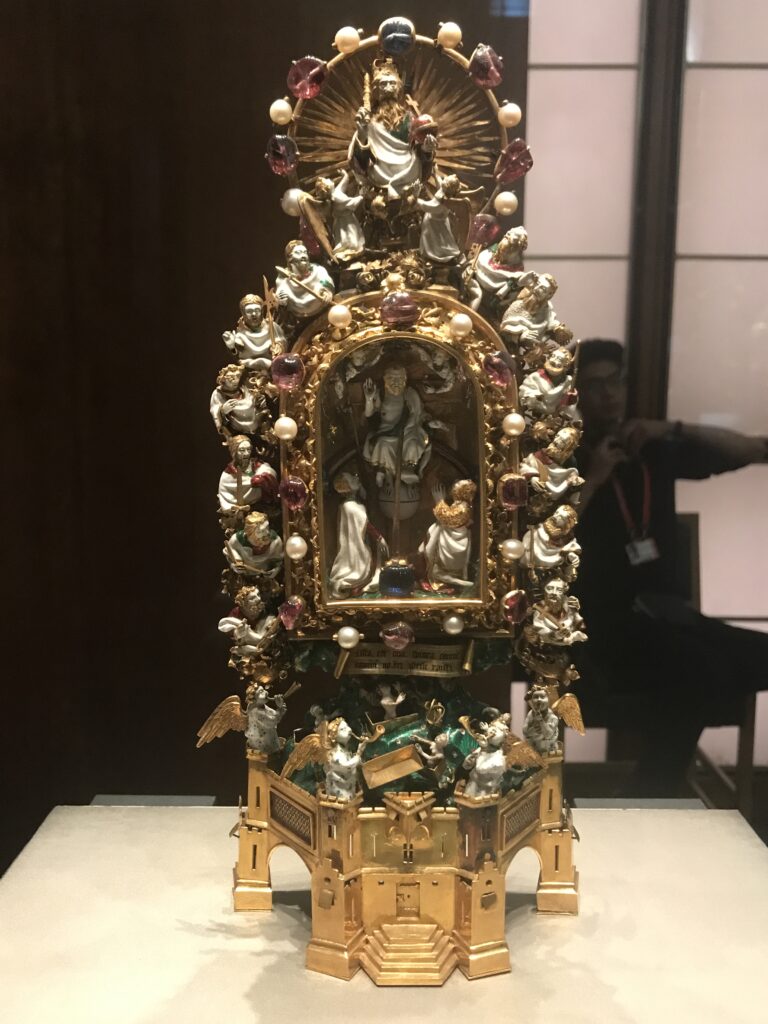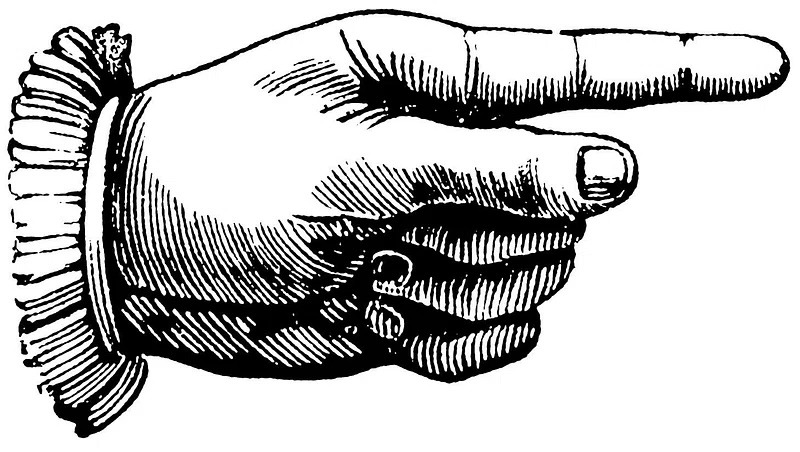
A bit more medieval from the British Museum (read all about a 700 year old citole here), but this time we’re not in my favourite Room 40, but Room 2a, the home of the Waddesdon Bequest.
We’re going to look at the Holy Thorn Reliquary, a late 14th century gold, enamel and rock crystal devotional object, decorated with sapphires, rubies, pearls and other precious gems.
It was made in the 1390s for John, Duc du Barry (who also commissioned the gorgeous Royal Gold Cup) to house a single spine from what was believed to be the actual crown of thorns that had sat on Christ’s head at his crucifixion.
As a relic the Crown dates to at least the early 400s and was acquired by Louis IX of France from the Byzantine Emperor of Constantinople in 1239 for the astronomical sum of 135,000 livres. It was probably the most valuable object in the whole of Christendom. (For comparison, this was about half the usual annual expenditure of the whole French kingdom and Sainte-Chapelle, which Louis built to house his collection of holy relics, cost 40,000 livres.)
The Reliquary is a little over 30cm tall and weighs around 1.4kg. It shows a representation of the Day of Judgement with, at the base, angels blowing their trumpets and the dead souls emerging from their graves. A central compartment is framed by enamel figures of the twelve apostles, with God in heaven above it all. This central compartment has a rock crystal ‘window’ through which one can see the single thorn relic and the figures of Christ in Judgement, John the Baptist and the Virgin Mary.
It is an exquisite piece, created from the richest materials by the finest craftsmen, as would have befitted something as precious as a holy relic – and remember that to the devout this thorn would have been believed to have actually pierced the flesh of Christ.


The reliquary was within the large collection of medieval objects of Baron Ferdinand Rothschild and which was housed in the ‘New Smoking Room’ in his country house of Waddesdon Manor in Buckinghamshire. When Rothschild died in 1898 over 300 pieces were given to the British Museum, the terms of the donation stipulating that the objects should be “placed in a special room to be called the Waddesdon Bequest Room separate and apart from the other contents of the Museum and thenceforth for ever thereafter”, hence the fact that they still reside in one place rather than being distributed in the relevant rooms throughout the museum. You can find out more about the Bequest here.
Fancy a visit to the British Museum with me? You can see availability and book a private tour via Tours by Locals here.


